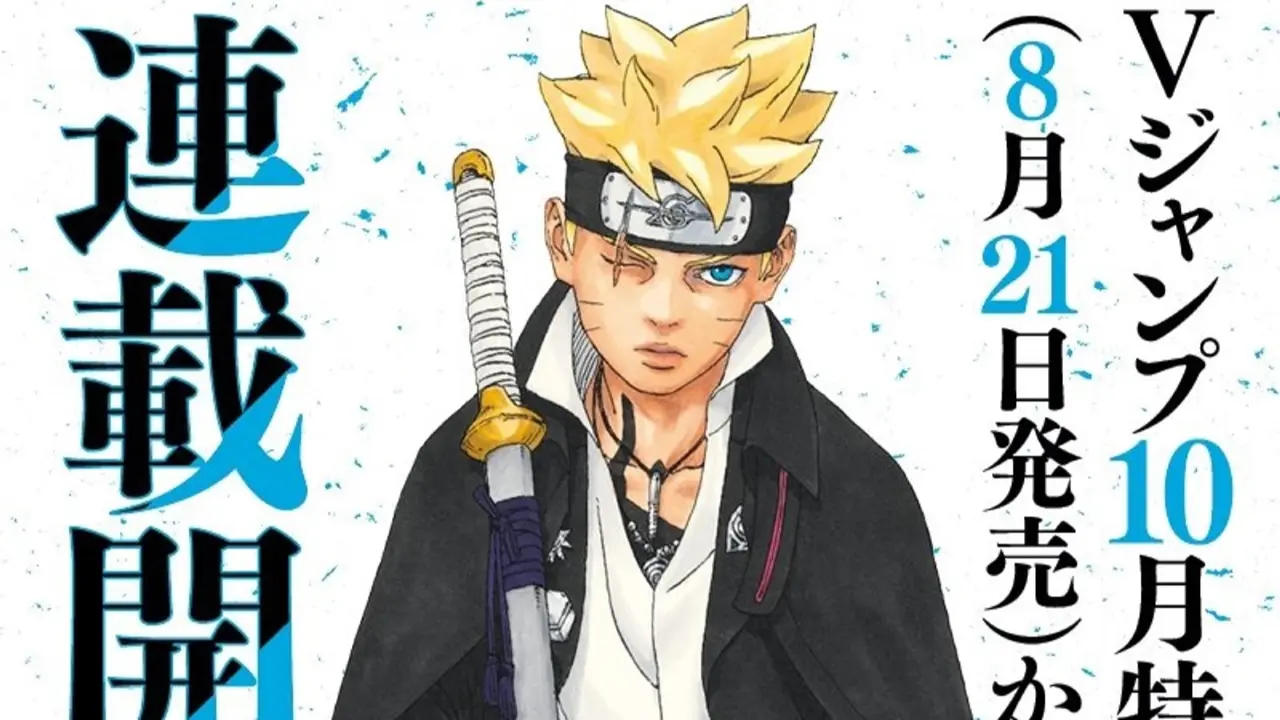Book of Manga: Yo, what’s up, manga heads? This ain’t your average comic book convo. We’re diving deep into the world of collected manga—think epic omnibus editions, killer box sets, and everything in between. We’re talkin’ trends, publishing secrets, marketing madness, and the total reader experience. Get ready to level up your manga knowledge!
From the artistic process to the wild world of marketing campaigns, we’ll explore how these manga books get made and the impact they have on pop culture. We’ll even break down the reader experience, comparing single volumes to those epic collected editions. Think of it as the ultimate guide to understanding why manga books are totally rad.
Defining “Book of Manga”
Yo, let’s break down what we mean when we talk about a “book of manga.” It’s not just one chapter, it’s the whole shebang, the complete story (or a significant chunk of it) compiled into a single, awesome package.
Manga Volume vs. Collected Book
Think of it like this: a single manga volume is like one episode of your favorite anime – a self-contained story arc, but part of a bigger picture. A collected “book” of manga, on the other hand, is the whole season, or even the entire series, bringing together multiple volumes into one epic collection. It’s the ultimate binge-reading experience.
Formats of Manga Books
Manga books come in all shapes and sizes, dude. We’ve got omnibus editions, which cram multiple volumes into a single, super-sized book, perfect for saving shelf space. Then there are box sets, which are like the ultimate collector’s item – multiple volumes packaged together in a fancy box, often with bonus goodies.
- Omnibus Editions: Think of these as “best of” compilations, perfect for catching up on a series quickly or experiencing a classic manga in a condensed format.
- Box Sets: These are for the serious collectors, offering a complete series in a stylish package, often including extras like art books or postcards.
- Limited Editions: These are usually special releases with unique covers, additional content, or special packaging, making them highly sought after by collectors.
Examples of Manga Collections
Tons of popular manga series are available in collected book formats. Think of classics like Akira or Ghost in the Shell, often found in omnibus editions. Shonen Jump titles, like One Piece or My Hero Academia, are frequently released in larger collected volumes. And many shojo manga, like Fruits Basket, are also available in collected editions.
Popularity and Trends
Manga books are seriously blowing up in popularity, man. It’s not just a niche thing anymore; it’s mainstream.
Current Trends in Manga Book Publishing, Book of manga
Right now, we’re seeing a huge surge in omnibus editions and box sets, appealing to both new readers and seasoned collectors. There’s also a growing market for digital manga books, offering convenience and accessibility.
Successful Manga Series and Their Appeal

Series like Attack on Titan and Demon Slayer became massive global hits, partly due to their compelling narratives, stunning artwork, and successful anime adaptations. Their appeal lies in their blend of action, drama, and emotional depth.
Key Demographic Groups
Manga books appeal to a broad demographic, from teenagers and young adults to older readers. However, the core demographic remains young adults (18-35), who grew up with anime and manga and are now purchasing these books for nostalgia or to support their favorite series.
Production and Publishing
Getting a manga book from sketch to shelf is a pretty intense process, involving a whole crew of talented individuals.
Creating a Manga Book
It starts with the manga artist creating the initial artwork, meticulously crafting each panel and page. Then, the manuscript is edited and translated (if necessary), and the book is designed, including layout and typesetting. Finally, it’s printed and distributed.
Publishing Process Comparison
Compared to other graphic novels, manga publishing often involves a closer collaboration between the artist and the publisher, particularly regarding the visual aspects and the overall pacing of the story. The right-to-left reading order also influences the page layout and panel arrangement.
Hypothetical Workflow
Here’s a simplified workflow: Initial artwork creation -> Editorial review and translation -> Page layout and design -> Proofreading and corrections -> Printing and binding -> Distribution and marketing.
Marketing and Sales
Getting the word out about a new manga book requires a solid marketing strategy.
Hypothetical Marketing Campaign
For a new fantasy manga, we’d use social media (TikTok, Instagram) to showcase eye-catching artwork and short animated clips. We’d also collaborate with influencers and run targeted ads based on interests and demographics. Pre-orders and limited-edition bundles would create buzz.
Marketing Strategy Targeting Different Age Groups
For younger audiences (teens), we’d focus on social media trends and influencer marketing. For older audiences, we’d highlight the mature themes and intricate storytelling, perhaps using print ads in relevant magazines.
Advertising Methods
We’d utilize online ads (Google Ads, social media ads), print ads in relevant publications (anime/manga magazines), and even consider sponsoring relevant events (anime conventions).
Reader Experience and Reception
Reading a manga book is a unique experience, blending visual storytelling with a captivating narrative.
Typical Reading Experience
Readers often appreciate the immersive nature of manga, the dynamic panel layouts, and the emotional depth conveyed through the art. The right-to-left reading order might take some getting used to, but many readers find it adds to the experience.
Single Volume vs. Collected Book Experience
Reading a single volume offers a contained story arc, while a collected book offers a more complete narrative and a deeper understanding of the characters and their development. Collected editions offer a more satisfying sense of completion.
Reader Reviews and Common Themes
Analyzing reader reviews reveals common praise for captivating storylines, beautiful artwork, and engaging characters. Common criticisms might include pacing issues, plot holes, or a less-than-satisfying conclusion.
| Positive Aspects | Negative Aspects |
|---|---|
| Engaging Storylines | Pacing Issues |
| Stunning Artwork | Plot Holes |
| Well-Developed Characters | Unsatisfying Conclusion |
| Immersive Reading Experience | Translation Errors |
Cultural Impact and Significance
Manga books have had a massive global impact, shaping pop culture and influencing other forms of media.
Global Cultural Impact
Manga has influenced everything from animation and video games to fashion and music. Its distinct art style and storytelling techniques have become instantly recognizable and widely appreciated worldwide.
Discover more by delving into aot manga panel further.
Influence on Other Media
Countless anime series, video games, and even Hollywood films are directly adapted from manga. The storytelling techniques and visual styles found in manga have also influenced Western comics and graphic novels.
Promoting Japanese Culture

Manga books serve as a powerful ambassador for Japanese culture, introducing audiences worldwide to Japanese aesthetics, values, and storytelling traditions. It’s a major contributor to the global spread of Japanese pop culture (J-Pop).
Illustrative Examples
Let’s visualize a hypothetical manga book.
Fictional Manga Book Cover
The cover features a dynamic illustration of a young woman with fiery red hair wielding a katana, silhouetted against a burning cityscape. The title, “Crimson Blade,” is written in bold, stylized kanji, with a smaller English translation underneath. The overall style is a blend of traditional Japanese art and modern manga aesthetics.
Scene Description
One scene depicts a tense confrontation in a dimly lit dojo. The main character, a stoic samurai, faces off against a shadowy opponent. Panel arrangements emphasize the characters’ movements and expressions, using a combination of close-ups and wide shots to build suspense. The use of shadow and light creates a dramatic atmosphere.
Interior Layout
The book utilizes a classic manga layout, with pages filled with dynamic panel arrangements that guide the reader’s eye through the action. Speech bubbles are clearly defined, and the use of visual cues, such as sound effects and speed lines, enhances the storytelling. The use of gutters (the space between panels) is consistent and deliberate, controlling the pacing and flow of the narrative.
So, there you have it—a total breakdown of the awesome world of manga books. From the creative process to the cultural impact, these aren’t just comics; they’re a global phenomenon. Whether you’re a seasoned manga fan or just starting out, understanding the nuances of collected editions will totally elevate your reading experience. Now go forth and conquer your next manga book haul!



